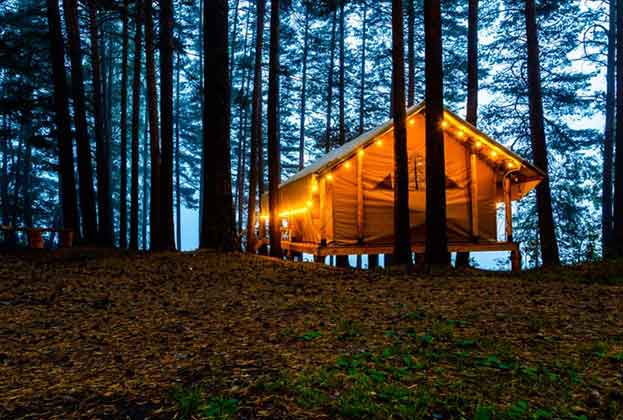At just over 18,300 hectares, the volume of forestry sold across Great Britain during the 2016 forest year was significantly lower than in 2015 (23,000 hectares). However, the strong 2015 performance was linked to the sale of larger forestry portfolios which are not regular features of the market. Despite the lower volume year on year, the 2016 sales volume was still marginally higher than the average for the previous six years.
In North Scotland, the proportion of forestry sold was twice that of 2015 and related to two large sales totalling 7,246 hectares. This accounted for 40 per cent of the UK market but only 16 per cent by value. In contrast, there was a slight increase in the proportion of sales in Central Scotland, England and Wales, but in South Scotland the proportion sold fell to 12 per cent.
The impact of the high volume of sales in Northern Scotland highlights the relationship between the value of forest area and the influence of location and quality on productive capacity, which is an important measure when appraising investment forests.
During the 2016 forest year the overall average productive value showed a marginal fall (-3 per cent) but this value was 31 per cent higher than the average gross value, which recorded a -8 per cent reduction per hectare.
The recorded fall in value is not a market indicator of reducing prices but simply due to the large proportion of lower value sales in North Scotland and demand for premium properties continues to exceed supply. Analysis of the annualised rate of value growth over the past five years (2011-2016) shows a steady 10 per cent rise in capital values. While we expect this growth to level off a bit at 5-6 per cent over the next few years, an increase in timber prices above expectations would help to maintain the strong recent performance.
Further information
Read more: Spotlight: UK Forestry Market
.jpg)
.jpg)

.jpg)
.jpg)
.jpg)




